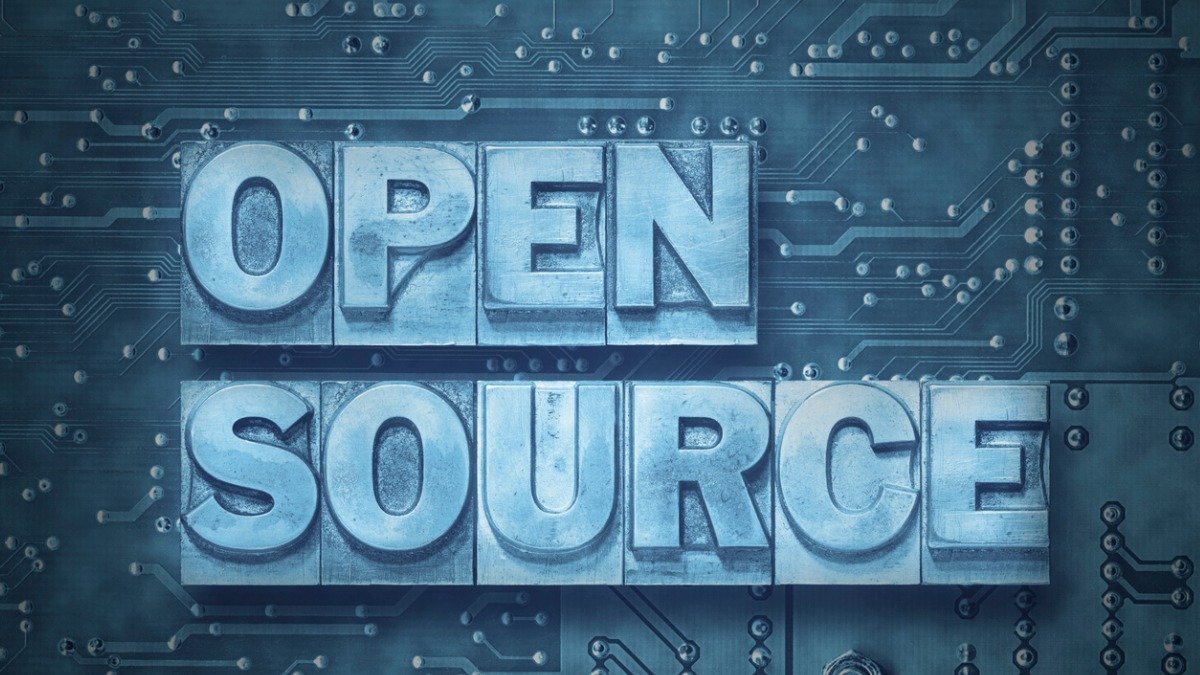Open-source is a term used to describe computer programs that have source code that’s available to study, modify, and share.
Open-source software can be used for any purpose, studied and changed, and shared with others. This has encouraged a spirit of openness and sharing that has resulted in a welcoming and inclusive community. And with more people looking at the code, bugs in the software can be found and fixed more efficiently.
The Open-Source Definition
The Open Source Initiative (OSI) is a non-profit organization that’s been raising awareness of the benefits of open-source software for over twenty years. They help define what open source means.

The Open Source Definition (OSD) explains that open-source software isn’t just about providing access to the source code. There are also rules about the way the software is distributed.
- Other must be free to redistribute the software, either for free or a price.
- When the software is distributed, the source code must be included.
- Others can modify the software. Modifications must be distributed under the same terms as the original software.
- The integrity of the author’s source code must be maintained.
- The license must not discriminate against any person or group.
- The license must not restrict users from making use of the software in a specific type of business or research project.
- The license applies to everyone who receives the software, no matter who gave it to them.
- The license remains valid no matter how it is distributed.
- The license mustn’t place restrictions on other software it is bundled with.
- The license remains valid no matter which technology or interface it is run on.
WordPress is open-source software and satisfies all of these requirements. That gives it the best chance of success and means it will continue to be freely available.
What Is The Difference Between Open-Source and Free Software?
The free software movement came before the open source movement and inspired it. It’s a social movement that was started in 1989 by Richard Stallman in response to software licenses becoming more restrictive.
It aims to protect the freedom of software users through the GNU General Public License or GPL, a software license administered by the Free Software Foundation (FSF).

The GPL offers users the freedom to run the software for any purpose. It also allows them to study and modify the source code, and share the software with others.
In time, it became clear that sharing the source code is good business sense as well. For example, it makes collaboration between developers more efficient.
So in 1998, the Open-Source Initiative was formed to promote the open-source methodology from a practical, business point of view. It recognizes a wider range of licenses than the Free Software Foundation.
Open-Source Licenses
A large number of software licenses meet the requirements of the Open-Source Definition. They grant the right to anyone to use, study, change, and share the software in a modified or unmodified form.
The Open-Source Initiative maintains a list of approved licenses. Here are some of the more popular open source licenses:
- Apache License 2.0
- BSD 3-Clause “New” or “Revised” license
- GNU General Public License (GPL)
- MIT license
- Mozilla Public License 2.0
These open-source software licenses promote collaboration and sharing between like-minded developers.
Advantages and Disadvantages of Open-Source Software
Not everyone values the open-source philosophy. Its opponents argue that open-source software is actually more vulnerable because the source is easily available for anyone to study and hack.
In reality, open-source software can be more secure because it has more transparency, and the community can quickly identify and fix any issues.
Opponents also argue that open-source software comes with no warranty, and if something bad happens, then no one is responsible for damages. These downsides are outweighed by the benefits of open-source software. It’s easy to customize and extend, and with more people studying the code, bugs are identified and fixed quickly.
We hope this article helped you learn more about open-source software.





